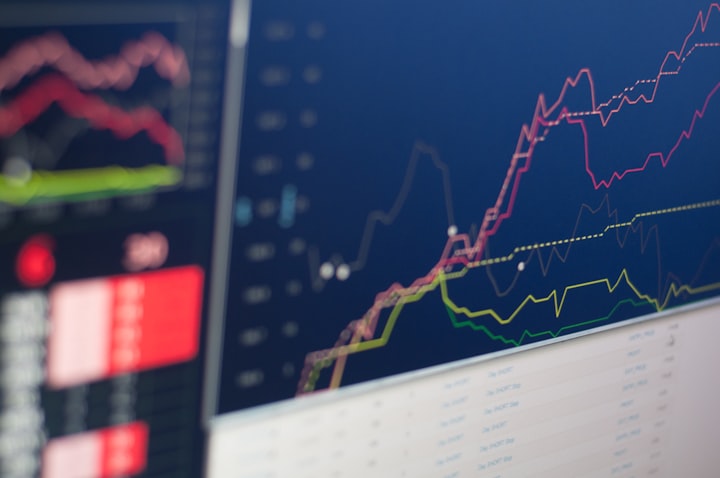Trend-
I. [n] a general tendency to change (as of opinion); "not openly liberal but that is the trend of the book"; "a broad movement of the electorate to the right"
II. [n] a general line of orientation; "the river takes a southern course"
III. [n] a general direction in which something tends to move;
We want to make out the probable direction of the market(s), and we create, apply various trend indicators to help us do this.
A common problem I have come across so far has to do with time. i.e. I have no idea how long the trends are likely to last counting from the point in time that your indicator gives a signal (e.g. EMA crossover, Trend-Line bounce, high/low Breakout, and etc.)
I once assumed that this issue would somehow work itself out via intuition, with experience (after all, only the hardcore traders who’ve been in the field for like, a million years, actually make money right?).
This had lead to a lot of psychological and financial pain, unfortunately. Well, the notion proposed here could remedy this issue.
In essence we want to know the likely direction of the market, how long the trends/swings would last, and be able to make our move as early as possible without increasing risk.
As it is obvious that trends lose steam with respect to time, so it is always safer to be in the move sooner than later.
This theory advocates multiple timeframes, using your indicator(s) with the least amount of lag. You can see in the following screen shot, how I have my chart set up for the EUR/JPY pair, with both the 30m and 4hr windows showing.
In the screenshot (click to enlarge), I am using the Stochastic Oscillator on the 4hr chart for trend determination, and the 30m chart for entry. Now let’s take a look at why this might have an edge over conventional trend indicators used in a single timeframe chart.
- Reduced lag and false signals. The 4hr indicator gives you an opportunity for an earlier trend signal than many others, and it limits false signals generated when you utilize only the shorter time frames.
- Now, more importantly, time control. When the indicator gives you a signal on the 4hr char, you know you have a very high probability of the market going in that direction for “at least” the next 4 hours, allowing for much less psychological pain, if/when the market corrects itself while you are in the trade.
- Safer entries. Many traders are under the conception that when you utilize higher timeframes, you must use larger stop-loss levels, due to potentially large corrections. You can see from the screen shot, that the oscillator on the 30m chart can take care of this problem. As the corrections on a 30m chart tend to move dramatically smaller in range than those seen on the 4hr chart, you end up with a comfortably tighter stop, while focusing on your trailing stop range mostly.
Please keep in mind that this is not a trading system. A trading system would also include Stop Loss/Profit plan, and general money management.
Granted I use different indicators, but this is the concept I base my trading system on for my live account, and I sincerely hope you will find this idea helpful.





Comments ()